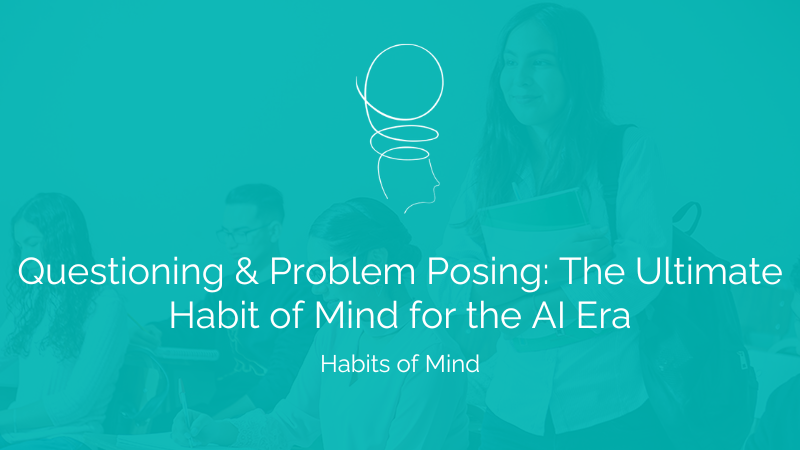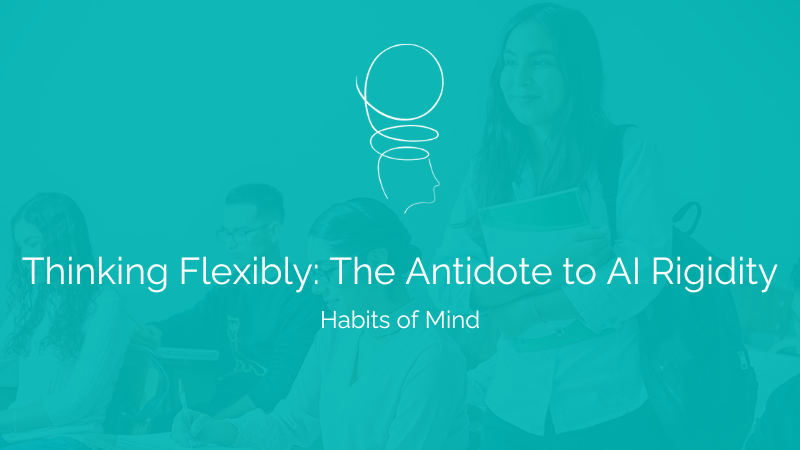The concept of “safe learning environments” has become a cornerstone of educational practice. We want students to feel secure, supported, and free from judgment. But has our well-intentioned emphasis on safety inadvertently undermined the very growth we’re trying to foster?
Let me suggest a subtle but significant shift: What if instead of creating safe spaces for learning, we focused on creating growth places?
The Language of Learning
A safe space implies protection from harm—that without special conditions, learning environments would be dangerous. A growth place, on the other hand, assumes that challenge and stretch are natural, necessary, and desirable parts of the learning process.
This isn’t just semantic quibbling. The language we use shapes how students perceive learning. When we overemphasize safety, we accidentally reinforce the notion that challenge is threatening rather than strengthening.
In my work on Learnership—the expertise one develops in learning itself—I’ve found that skilled learners don’t avoid challenge; they embrace it. They see challenges not as threats but as opportunities to develop new capabilities. They become what I call “creatures of discomfort,” who recognize that the temporary discomfort of working in their Learning Zone leads to lasting growth.
What A Growth Place Looks Like
So what does a growth place look like in practice?
- Challenge is celebrated, not apologized for. Teachers frame difficult tasks as opportunities, not obstacles: “This is going to stretch your thinking—that’s exactly what will help you grow.” They monitor their language to avoid automatically apologizing when introducing challenging material.
- Struggle is normalized. Students understand that confusion and difficulty are expected parts of learning, not signs of inadequacy: “If you’re finding this easy, you’re probably in your Comfort Zone. Let’s find something that stretches you.” Teachers explicitly discuss the difference between productive struggle and overwhelming difficulty.
- Feedback focuses on growth. Comments address how work can be improved, not just what’s wrong: “I see how you approached this. Here’s what you could try next to strengthen your understanding.” Feedback becomes a conversation about development rather than a judgment of quality.
- Mistakes are informational, not judgmental. Errors are treated as data, not deficiencies: “That mistake shows us exactly what we need to clarify. It’s giving us useful information.” Teachers help students distinguish between different types of mistakes and their learning value.
- Success is measured by growth, not perfection. Achievement is defined by progress from previous performance, not by comparison to others or to an absolute standard. Celebrations focus on improvement, persistence, and strategy development.
This isn’t about making learning environments harsh or competitive. It’s about shifting the emphasis from protection to empowerment, from risk-avoidance to capability-building.
Making Challenge Your Friend
One powerful way to explore your classroom’s relationship with challenge is through personification. Ask yourself and your students: If “Challenge” were a new student joining your class, how would other students treat them? Would they be welcomed or avoided? What would their social status be?
In my work with educators, the answers reveal much about classroom culture. Most commonly, “Challenge” would be isolated or even rejected. Some educators have even suggested “Challenge” would be bullied to make them leave!
This metaphor helps us recognize how we might unintentionally socialize students to view challenge negatively. The question becomes: How might we transform this so “Challenge” becomes the friend everyone wants to work with?
Start with your language. Notice when you apologize for difficulty or frame challenge as something to be endured rather than embraced. Create celebrations when students choose challenging tasks over comfortable ones. Share stories of how struggle led to significant growth for real people.
Equipping, Not Protecting
Students don’t need to be sheltered from challenge—they need to be equipped to embrace it. This means developing their Habits of Mind—what I call their “problem-solving superpowers.” These include:
- Persisting through difficulty
- Managing impulsivity
- Thinking flexibly
- Striving for accuracy
- Questioning and problem posing
- Thinking about their thinking (metacognition)
By strengthening these habits, we give students the tools they need to face challenges productively, rather than simply protecting them from difficulty.
Sharing With Parents
Teachers can help parents understand this shift as well. In parent conferences, explain the difference between productive struggle and harmful stress. Share examples of how challenge in the classroom is building their child’s learning capabilities. Help them see that when they report their child feeling “stressed” about a project, it might actually be the normal, productive discomfort of growth.
Try offering parents language they can use at home to reinforce these messages: “I know this feels challenging right now. That’s how you build your learning muscles.” “Being confused is part of figuring things out. What strategies could you try?” “I’m not concerned about whether this is easy or hard for you—I’m interested in how you’re approaching it.”
The Ultimate Goal
As educators, we have the privilege of shaping not just what students know, but how they approach learning itself. By rethinking our language and practices around challenge, we can help develop learners who don’t just cope with difficulty but actively seek it out as a pathway to growth.
How might your classroom change if you shifted from emphasizing safety to celebrating growth? What small adjustments could you make to your language and practices to create a true growth place?
This post is part of the “From a Safe Place to a Growth Place” series, exploring how our language and approaches shape student attitudes toward difficulty and growth. For more on developing powerful learners, check out my book “Learnership.”



